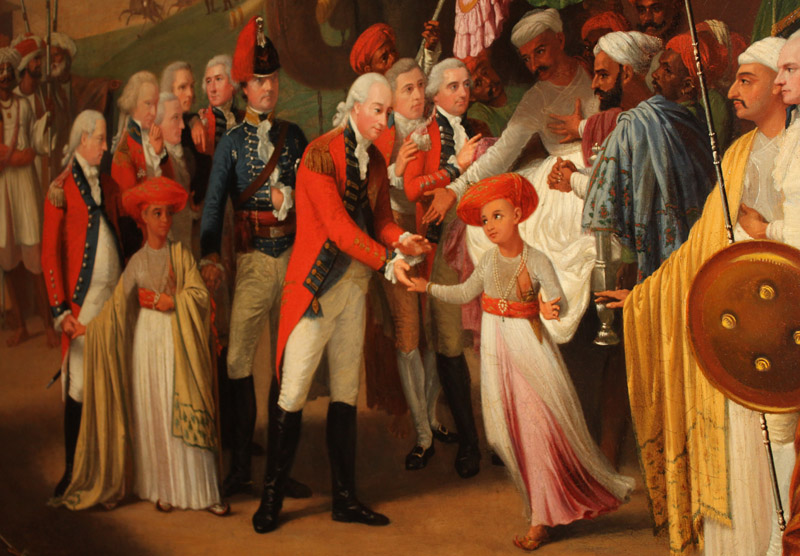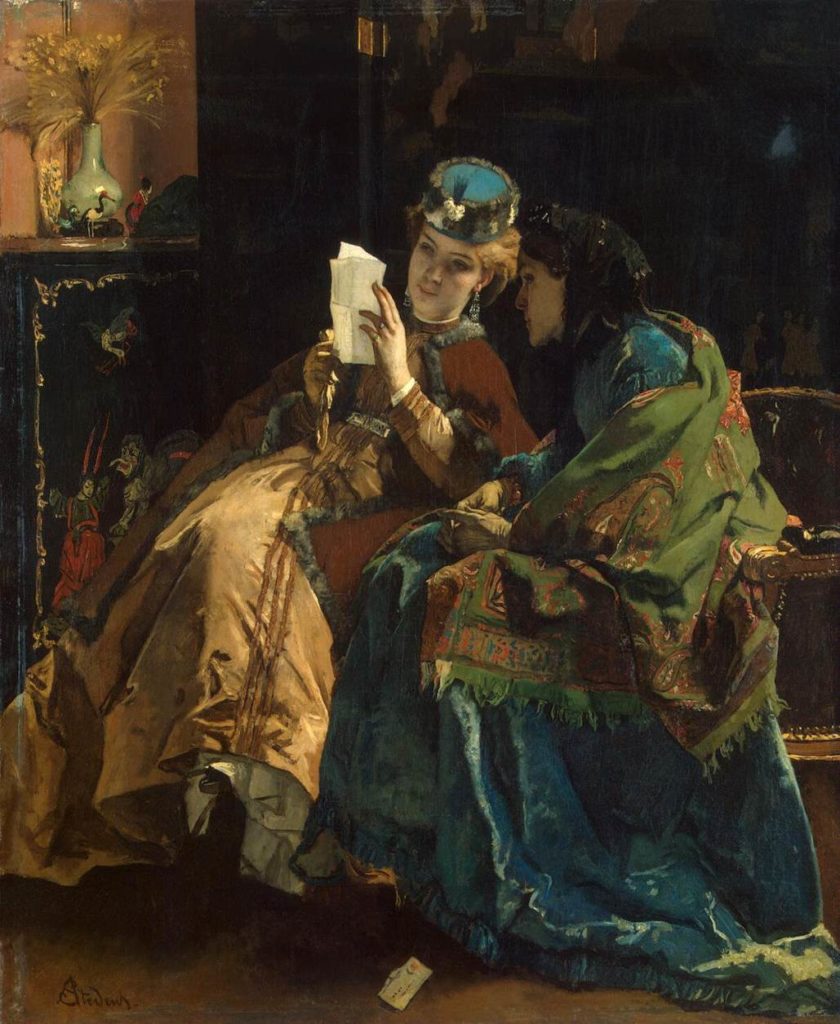
Due to the uncountable health benefits Tulsi has, it is considered as the ‘Golden remedy of Ayurveda’. A Tulsi plant is present in every Indian household as we worship the plant and use it for medicinal purposes. And so, we are sure you never thought that Tulsi can have any side effects. But much to our dismay, these leaves packed with goodness can have some potential health implications too
May not be good for diabetic patients
Various studies claim that Tulsi can lower blood sugar levels. And if someone is already taking medicines for diabetes then the intake of Tulsi leaves may enhance the effect and cause the sugar level to fall too low.
.
May interfere with blood thinning medicines
The herb is known to cause thinning of the blood. It’s a good home remedy for people who don’t want to take medicine for the same purpose. But people who are already taking medicines for blood thinning, if they take Tulsi too, it may adversely affect their health.
It may cause damage to the liver
.
According to World Health Organisation, people who are on medications like acetaminophen (pain reliever) have a greater risk of liver damage if they consume the holy basil regularly. This is because both are pain relievers. When they both work together, they tend to affect the functioning of the liver.
Not suitable for pregnant women
.
Tulsi leaves can adversely affect the health of a pregnant woman and her embryo. In severe cases, it can even lead to a miscarriage. The herb, due to the presence of estragol in it, may cause uterus contractions that may be dangerous. These leaves can also affect menstrual cycle of a woman and can cause diarrhoea.
May stain your teeth
.
You must have always been told not to chew Tulsi leaves and rather swallow them as chewing them is said to be disrespectful. But there is a scientific reason behind the same. Tulsi leaves have iron which may stain your teeth when chewed. You should simply gulp them down to avoid discolouration of your teeth.
.
STAY HOME STAY SAFE http://www.aceola.com




